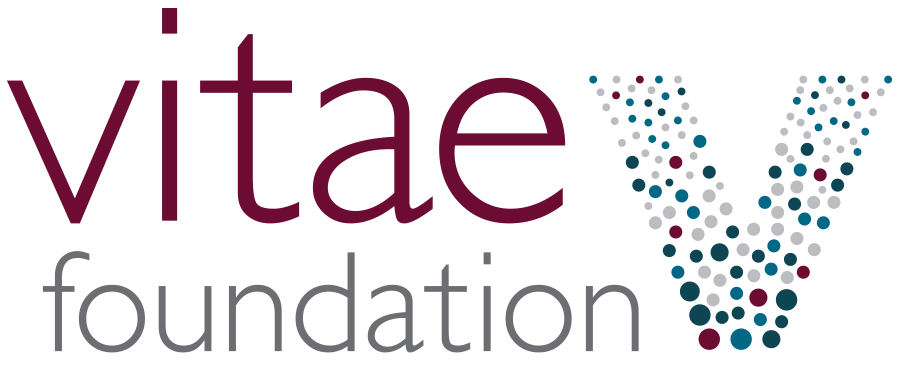The reality of the Dobbs Supreme Court decision to overturn Roe on June 24, 2022, has led to many questions. The amount of misunderstanding is to be expected with a ruling of this magnitude and the ability of anyone, with or without medical knowledge, to write what they want on social media.
I am Dr. Susan Bane, a board-certified obstetrician and gynecologist, as well as the Regional Medical Director for three pregnancy resource center medical clinics. I want to help clarify some language related to abortion to defend our pro-life position with confidence, and to better understand potential abortion-related state legislation.
What is an Induced Abortion?
In medical terms, an “abortion” is an umbrella term that represents any pregnancy that ends prior to twenty weeks gestation. Depending on the clinical situation, healthcare practitioners will specify in our dictation as to the type of abortion. For example, if a woman is cramping or bleeding but everything looks normal on the physical exam and ultrasound, we would likely diagnose her with a “threatened abortion” or a pregnancy that is at risk of not surviving. A “spontaneous abortion” is a miscarriage that a woman passes on her own, naturally and the baby has died. This patient will often experience bleeding and/or cramping and may even see the embryo (human beings from conception to 8 weeks) or fetus (human beings after 8 weeks gestation to birth) after she expels it and the tissues of pregnancy.
A “missed abortion” occurs when a woman is asymptomatic, and we are unable to find a heartbeat. With a missed abortion, the woman has yet to miscarry and has not started bleeding or cramping and not passed the embryo or fetus. If a woman is in the process of miscarrying, I would use the term “incomplete abortion,” as the miscarriage is not finished, while the term “complete abortion” is used when a woman has already completed the miscarriage process (typically cramping and bleeding have already happened).
These types of abortion described above are completely different from an induced abortion, which is the focus of the Dobbs case. An induced abortion is defined by the Center for Disease Control (CDC) as “an intervention performed by a licensed clinician within the limits of state regulations, that is intended to terminate a suspected or ongoing intrauterine pregnancy and does not result in a live birth.”
An induced abortion is performed by a health care practitioner with the intention of producing a dead baby. This is not the case with other types of “non-induced” abortions such as threatened, spontaneous, missed, incomplete, or complete abortions. Caring for patients experiencing these clinical situations is not impacted by the Dobbs decision, whatsoever.
The Treatment for an Ectopic Pregnancy is Not an Abortion
You and I started off as a single cell when two cells (a sperm cell and an egg cell) came together at fertilization and created a new cell called a zygote. Fertilization occurs in the fallopian tube, and it takes approximately one week for the embryo to implant in the uterus or womb.
An ectopic pregnancy is defined as a pregnancy that occurs outside the uterine cavity. The most common site is the fallopian tube, which is why ectopic pregnancies are often called tubal pregnancies. Ectopic pregnancies account for approximately two percent of all pregnancies. An ectopic pregnancy cannot grow normally and most of these embryos die spontaneously. An ectopic pregnancy can be a life-threatening situation for the woman if the fallopian tube ruptures, causing internal bleeding.
The management of ectopic pregnancy remains the same pre and post Roe. An induced abortion is never used to treat an ectopic pregnancy. Treatment involves surgery or medication to separate the mother and embryo and without doing so, both would likely die.
Although treatment for ectopic pregnancy results in the unfortunate death of the embryo, if it has not already died, this is not the intent of the treatment and differs from an induced abortion in which the intent is to end the life of the developing human being. Just like with miscarriage, legislation regulating abortion should not limit a doctor’s ability to treat ectopic pregnancy.
Susan Bane, MD, PhD – Board-Certified Obstetrician/Gynecologist and Regional Medical Director of three pregnancy resource centers in Eastern North Carolina
About the Author
Dr. Susan Bane (aka DrPinkGlasses) is a 1987 graduate of Atlantic Christian College, now Barton College. She has practiced obstetrics and gynecology for twenty-five years, including in private practice at Greenville Obstetrics and Gynecology and serving as a clinical professor at the Brody School of Medicine at East Carolina University. She is currently the Regional Medical Director for three pregnancy resource centers in Eastern North Carolina, where she oversees the medical aspects of the Centers and sees patients with unintended pregnancies.
Dr. Bane serves on the Medical Board for Care Net and Board of Directors for American Association of Pro-life Obstetricians and Gynecologists (AAPLOG), serving as the advocacy/education team leader.
